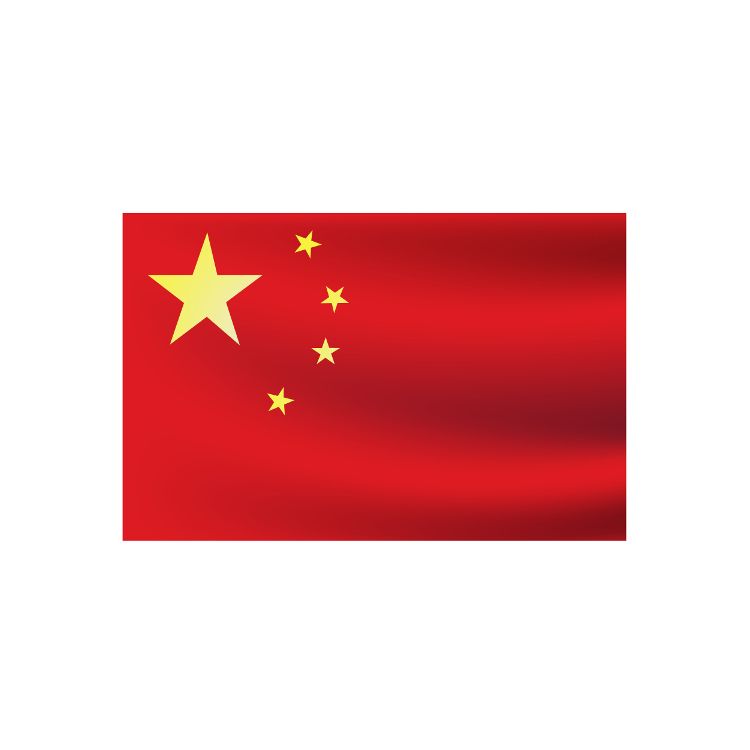2019 tariff pain to hit industry full force in Q4, says expert at SupplySide West
Q4 2019 is when price increases could be the most painful, said Wilson Lau, vice president of sales and marketing for Nuherbs Co.
Photo © iStockphoto.com/jpa1999

Companies at the mercy of the U.S.-China trade war will most likely feel acute effects from increased tariffs in Q4 of 2019, said one expert Nutritional Outlook spoke to at October’s SupplySide West trade show in Las Vegas.
Wilson Lau is vice president of sales and marketing for Nuherbs Co. (San Leandro, CA), a supplier and importer of Chinese herbal ingredients. In Q1-Q3, said Lau, companies might have felt some, but not necessarily drastic, effects of 2019’s tariff increases.
“In the beginning of the year, there were low tariffs-0%, 10%,” said Lau. “If you made any commitments then, or people were proactive in bringing material over, you really didn’t see it impact price. A 10% tariff is manageable, with everyone [in the supply chain] taking a little bit off. So if I as an importer take 3%, the manufacturer takes 3%, and someone else takes a couple of percentage points, you can spread it around and the customer might not notice [the price increase]. It might be 10 cents more, or it might not even get passed on.”
“In the first half of the year, I don’t think it really impacted business, and in the second half of the year, people still had [residual] material,” he said. “What we buy in January is probably still selling in material all the way through June and July.”
During the second half of the year and into the summer and fall, he said, price increases became more significant and more noticeable-and began filtering down to the prices retail customers pay. These customers may have started to see price increase during the summer and onwards, he said.
However, Q4 is when price increases could be the most dramatic yet, Lau said. “Now is when the next harvest comes in. I think we started to see some of the pain in Q3, but I think most of the pain will be felt in Q4 and onward. Now I think we’ll really start seeing the pain.”
As tariffs escalate, ingredient suppliers will have to pass on some of the increased costs. “We’re not in a high-margin business,” Lau said. “No one has 80% margins to be able to say, ‘Oh, that’s fine. I’ll take that 30% hit.’” As tariffs escalate, he said, it will become harder for ingredient suppliers-and the rest of the supply chain and retail arm-to hold down costs.
Prices are trickling down to the retail level quickly, he added-“as quickly as possible, because retailer brands have to notify retailers of price increases quickly. It’s not good practice to say, ‘Tomorrow it’s $11 instead of $9.’ You usually have to say that you’re planning on increasing prices at least 30 days in advance or something like that,” Lau said.
Tariffs have impacted his own business, Lau said, “because our clients have to pass on the costs. Everyone has to pass on the costs.”
As far as how companies should navigate the tariff landscape moving forward, Lau said it’s difficult to anticipate how the trade war will develop because “it’s a rapidly changing situation and the government’s decisions are quite volatile.”
“We can only react reactively,” he said. “I think that’s causing capital investment commitment issues, too, because if I commit to buying from you today on a 30% tariff, what happens in one month when the tariff goes back to 25%, or goes to 15%, or goes to 0%. Or maybe it will go to 50%. You can pick, but what are the ramifications of your choice?”
“It just makes it hard to do business because you can’t do forward planning,” he concluded.
Mars partners with suppliers like ADM to bring regeneratively grown ingredients to pet food
November 25th 2024Mars (Franklin, TN) is collaborating with partners and suppliers like ADM, The Anderson, Inc., Riceland Foods, and Soil and Water Outcomes Fund through its Royal Canin USA and Petcare U.S. Inc. brands to provide financial incentives to farmers to implement regenerative agricultural practices.